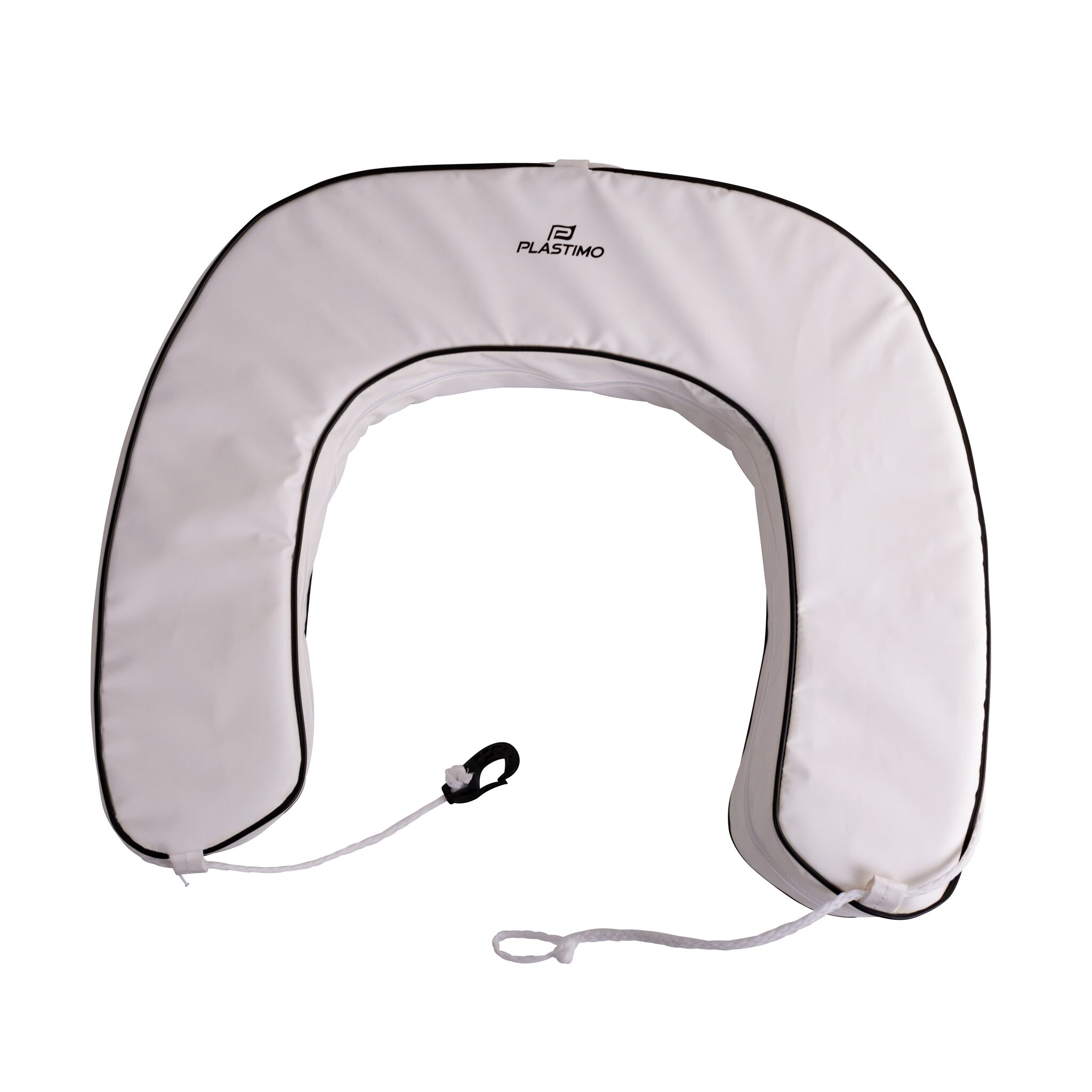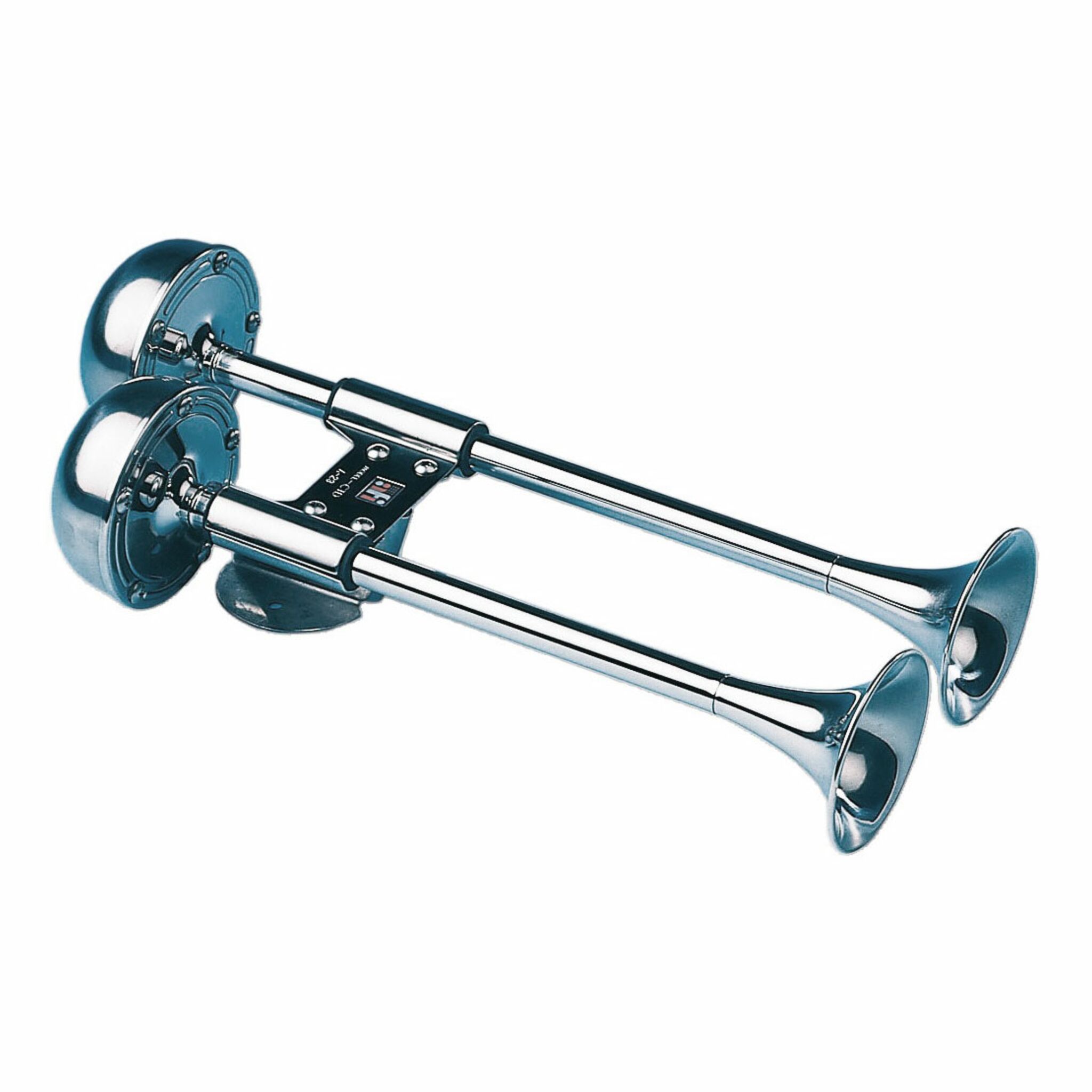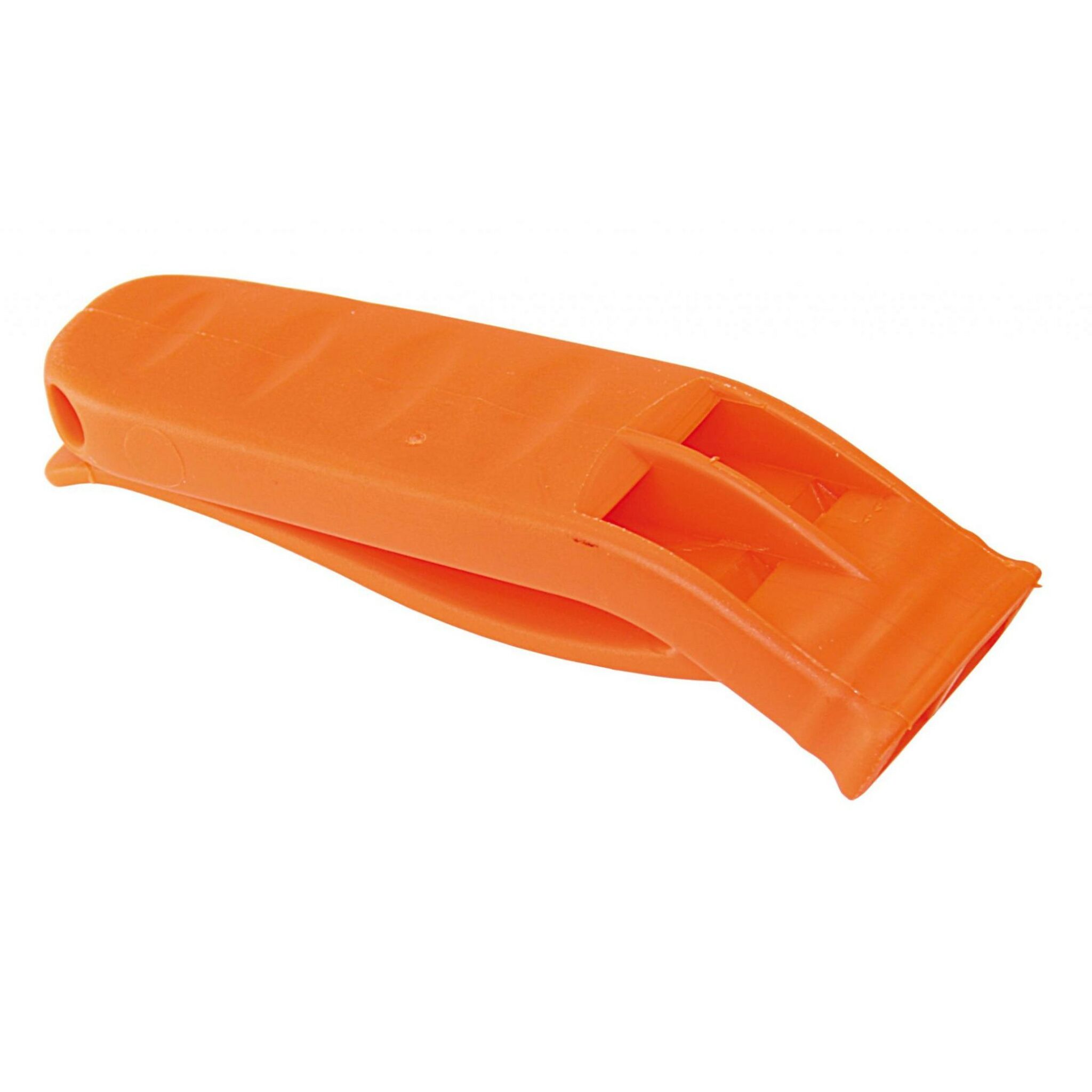Content: 15 Meter (€1.00* / 1 Meter)
Rescue equipment on board
The top priority for a boat or yacht owner should be to acquire the proper equipment and necessary life-saving equipment. be. Whether it is a sailing yacht or a motor boat, a minimum amount of rescue equipment for the crew must be carried on every tour. This is the only way to ensure rapid assistance in the event of a marine emergency. Especially if someone falls overboard or you have to leave due to a Fire or a sea strike must leave the boat or yacht, the crew is dependent on various life-saving equipment to be able to survive for a long time without outside help.
Some life-saving equipment, such as the life vest, is usually taken automatically, others you need only when you realize that they are not there. Therefore, life-saving equipment on the boat is mandatory and it is quite important to check through the existing life-saving equipment on board before the start of the cruise and check that it is in working order. It is assumed that the crew members and especially the skipper have knowledge in handling the rescue equipment on board, so that it can be used effectively. Water sports should be practiced in an environmentally friendly and fair manner in every direction, and one should always think of one's safety and have sufficient life-saving equipment on board.
Types of life-saving equipment
Important life-saving devices on board are lifebelts, these can prevent a man-overboard in advance. Lifebelts can be attached to a safety line of the railing or can also be attached to the lifejacket. With this rescue equipment, falling overboard is no longer possible. But there are other dangers lurking, such as a fire in the galley, which can lead to disaster if no life-saving equipment is on board. For quick extinguishing of the fire, an ABC powder fire extinguisher is necessary here as a means of rescue.
Rescue equipment should also be available on board in case of water ingress in the ship. Here, bailers, a bilge pump or even leakage plugs are advantageous. If the ship is in a situation in which life and limb of the crew are in acute danger, rescue equipment such as sea distress signals must not be missing.
Of advantage here and quite important rescue means are PLB (Personal Locator Beacon) as well as EPIRBs distress beacons, these send a coded message to the rescue forces. Another marine distress beacon as a means of rescue is an AIS-SART, this sends out a local signal and is attached to the life jacket.
Rescue means for man overboard
The classic means of rescue when sailing or motor boating is, of course, the life jacket. This is fainting-proof and keeps an unconscious person who has fallen overboard afloat. It inflates in seconds on contact with water. The strobe light on the life jacket makes it easier to find a person floating in the water. If a crew member does go overboard, the life ring is an important life-saving device. If this life-saving device is also equipped with a throwing line the man-overboard can be easily attached to the boat. In stormy seas, a life buoy serves as a rescue device or even the recovery loop. This is usually equipped with a Pick-up belt equipped, which serves to recover the casualty.
To ensure that the man-overboard can also get back on board, a rescue ladder is helpful as a means of rescue. Accidents and emergency situations can occur during a boat or sailing trip, so rescue equipment is of high importance, because without rescue equipment on board, the safety of the crew is not guaranteed.
























